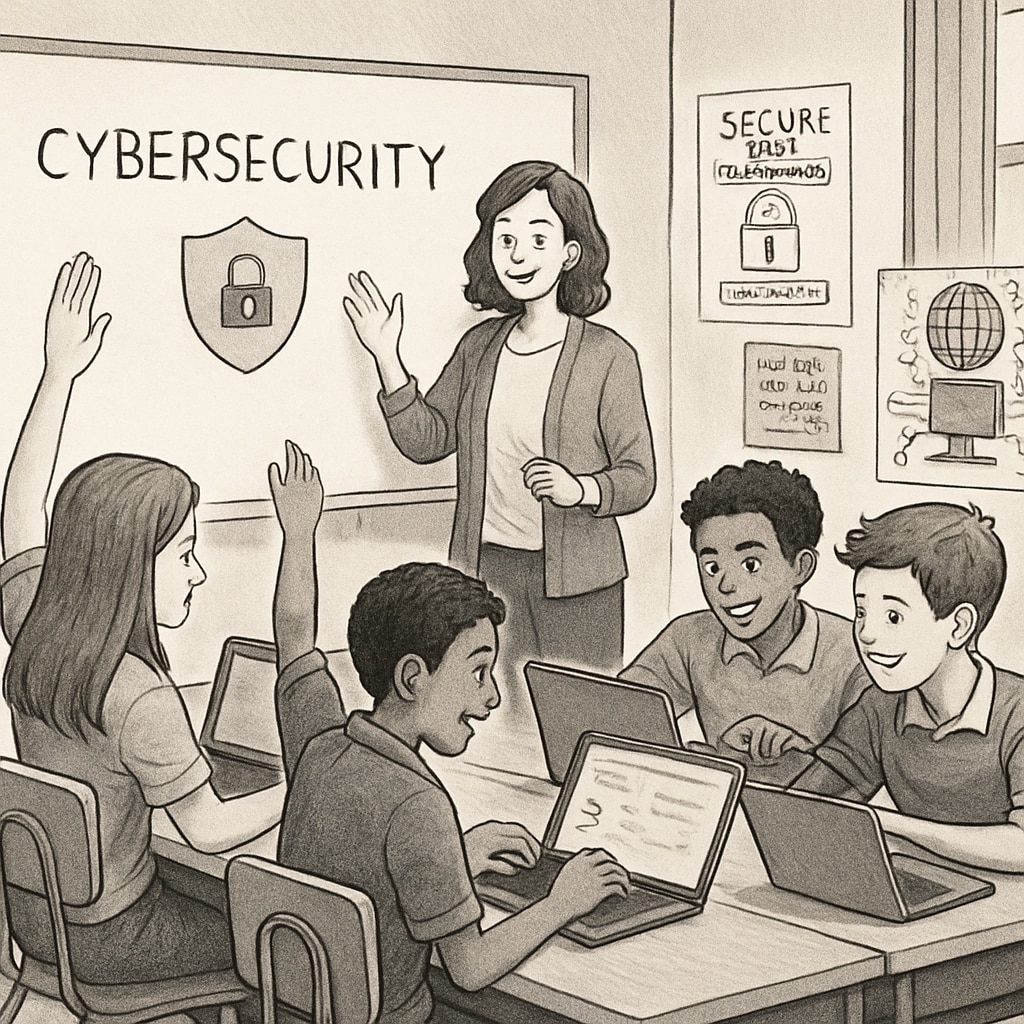The rapid evolution of digital technology has made cybersecurity, data science, and career choices essential topics for K12 education. These fields not only secure the present digital environment but also provide robust career opportunities for the next generation. By introducing these disciplines early, educators can equip students with the skills and knowledge needed to thrive in a technology-driven society.
Why Cybersecurity and Data Science in K12 Education?
Cybersecurity and data science are no longer niche areas reserved for specialists. They have become integral to everything from personal privacy to global economic stability. By introducing these subjects in K12, schools can help students develop critical thinking, problem-solving skills, and an understanding of the digital systems shaping their lives.
- Cybersecurity: As cyber threats become more sophisticated, the demand for skilled professionals in this field continues to grow. Teaching cybersecurity basics helps students understand online risks and prepares them for potential careers in digital defense.
- Data Science: Data is often referred to as the “new oil” of the digital economy. Early exposure to data science enables students to analyze, interpret, and use data effectively, laying the groundwork for careers in fields like business analytics, AI, and machine learning.

The Career Potential of Cybersecurity and Data Science
Both cybersecurity and data science are poised for exponential growth. According to reports from the U.S. Bureau of Labor Statistics, cybersecurity jobs are expected to grow by 35% by 2031, significantly outpacing other professions. Similarly, the demand for data scientists is projected to increase as organizations rely more heavily on data-driven decision-making.
Here’s how these roles are shaping the workforce:
- Cybersecurity Roles: Positions like security analysts, ethical hackers, and information security managers offer lucrative salaries and job security. Professionals in this field protect sensitive data and systems from breaches and cyberattacks.
- Data Science Roles: Careers such as data analysts, machine learning engineers, and big data architects play a crucial role in extracting actionable insights from complex datasets, driving innovation across industries.

Preparing Students for a Digital Future
Incorporating cybersecurity and data science into K12 education requires a strategic approach. Here are some effective methods to introduce these subjects:
- Interactive Learning: Hands-on projects, such as creating basic encryption algorithms or analyzing datasets, can make these subjects engaging for students.
- Collaboration with Industry: Partnering with tech companies can provide schools with access to resources and expertise, enabling students to gain real-world insights.
- Teacher Training: Equipping educators with the tools and knowledge to teach these fields is critical for successful implementation.
By taking these steps, schools can create an environment where students are not only prepared for future careers but also become responsible digital citizens.
Conclusion: Shaping Tomorrow’s Innovators
As the digital landscape continues to evolve, the importance of cybersecurity, data science, and career choices in K12 education cannot be overstated. These fields offer not just promising career paths but also the skills necessary for navigating an increasingly complex world. By investing in early education, we can empower the next generation to lead with confidence and innovation.
For additional insights into these fields, explore resources like Cybersecurity on Wikipedia and Data Science on Britannica.
Readability guidance: Use concise paragraphs and lists for clarity. Incorporate transition words to ensure smooth flow and maintain a balance between technical terms and accessible language.


